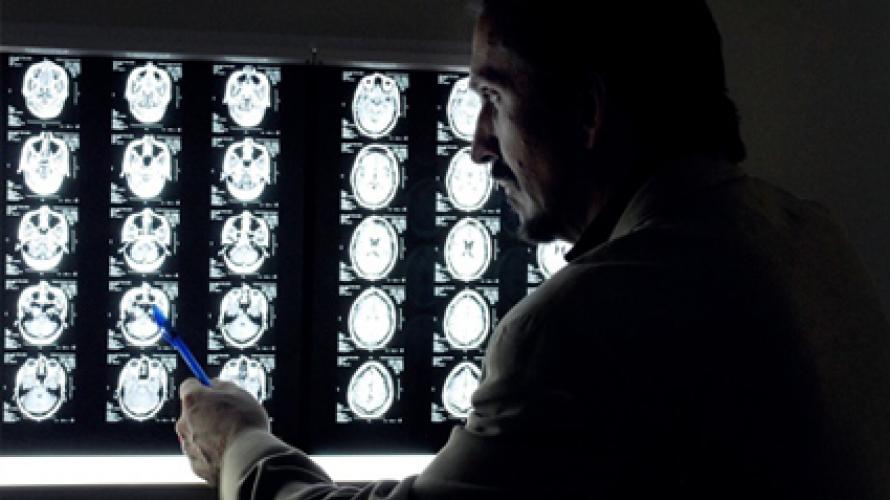
What is the study about?
This study reports the results of a general population survey designed to determine the prevalence of traumatic brain injury (TBI) in the population of Colorado and identify negative outcomes following TBI.
What did the study find?
The survey reported that 42.5% of individuals interviewed had a lifetime history of at least 1 TBI, and 24.4% of all Coloradoans had experienced TBI with loss of consciousness. Of those reporting a TBI, 23.1% were hospitalized for their most severe TBI, 38.5% were treated in an emergency department, 9.8% were seen in a clinic or physician’s office, and 27.5% did not seek medical care. It was found that a reported lifetime history of TBI is more likely associated with persistent, long-term negative outcomes, even with mild or untreated TBI. Severity of TBI is associated with higher levels of disability, poorer life satisfaction, more memory impairments and post-TBI symptoms. Based on the study’s findings, the investigators recommend screening for a history of TBI in an effort to identify possible contributors to negative outcomes, especially those pertaining to thinking and behavior. This may help identify the contributors to these consequences and lead to therapeutic interventions.
Who participated in the study?
2071 Coloradoans were interviewed using a random digit dialing telephone survey method.
How was the study conducted?
The phone surveys asked individuals to self-identify whether they had ever been injured in a vehicle crash, fall, playing sports, by a falling object, an explosion, due to violence, or some other cause. More questions asked about injuries to the head or neck, including where they were treated and if they experienced loss of consciousness, gaps in memory, or feeling dazed and confused. Participants were also asked to answer standard questions about age and gender, whether they currently experienced post-TBI symptoms (headache, dizziness, tiredness, sleep disturbance, poor balance, ringing in ears, concentration difficulties, irritability, visual disturbances, noise/light sensitivity), and their current need for assistance, health and employment status, alcohol use, and life satisfaction.
Reference
Whiteneck, G.G, Cuthbert, J.P., Corrigan, J.D., Bogner, J.A. (2015). Risk of Negative Outcomes after Traumatic Brain Injury: A Statewide PopulationBased Survey. Journal of Head Trauma Rehabilitation.
Whiteneck, G.C., Cuthbert, J.P., Corrigan, J.D., Bogner, J.A. (2015). Prevalence of Self Reported Lifetime History of Traumatic Brain Injury and Associated Disability: A Statewide Population-Based Survey. Journal of Head Trauma Rehabilitation.